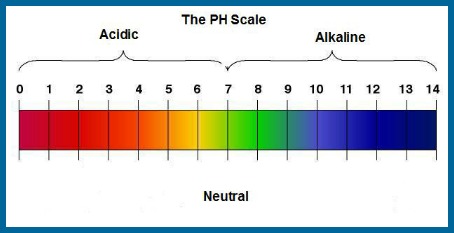
Learn about how bottled water quality and tap water safety are regulated, and why reverse osmosis isn't the answer.
These water machines are the gold standard for water ionizers. Learn about the hydrating, detoxifying, antioxidant benefits of this ionized alkaline water.
Learn about the health benefits of alkaline water supported by published scientific research and testimony from medical experts.
Read about the benefits of ionized alkaline water for peak performance and faster recovery times in athletes.
Find videos from medical experts and links to published scientific research supporting the benefits of ionized alkaline water.
Get answers to frequently asked questions about tap water safety, bottled water quality, reverse osmosis, ionized alkaline water, and Kangen water ionizer machines.
The Case For Ionized Alkaline Water
Why is hydration so important?
Water is the “universal solvent” that makes up more than 70% of the human body. It helps us maintain a normal body temperature and blood pH, provides lubrication for our joints, supports elasticity for our muscles and skin, and allows our body to get rid of wastes through urination, defecation and sweat. Water is so important that we can’t live more than a few days without it.
Even very slight dehydration (2% or less) can negatively affect digestion, mental concentration, athletic performance and endurance. Symptoms of moderate dehydration include muscle cramps, weakness, and incoordination.
How much water should I drink?
The standard recommendation in the past has been to drink 6-8 glasses (48-64 fluid ounces) of water daily to maintain proper hydration (more when you exercise or sweat excessively). It’s now recommended that you consume water according to your body weight – half your body weight in ounces daily. Example, if you weigh 160 pounds, you should drink at least 80 ounces (10 glasses) of water daily.
What is pH and why should I worry about it in my body?
pH is a measure of the amount of hydrogen ions in a liquid solution, on a logarithmic scale of 0 to 14 (logarithmic means that each number represents a ten-fold change). A pH of 7 is neutral (neither acidic nor alkaline), pH lower than 7 is acidic, and pH higher than 7 is alkaline (also called basic).
0 = battery acid
1 = stomach acid
2 = lemon juice, vinegar
3 = soda, orange juice
5 = black coffee
6 = milk, urine
7 = distilled (pure) water
7.4 = human blood
8 = sea water
9.5 = baking soda
11 = household ammonia
14 = liquid drain cleaner
A healthy human body maintains blood pH in a very narrow range of 7.35 to 7.45, which is slightly alkaline. A blood pH of less than 7.35 is termed “metabolic acidosis,” a serious medical condition that may lead to kidney damage, bone loss, and even delayed growth in young people. Even a small drop in blood pH can affect mental clarity, energy level, heart and respiratory rates, blood sugar, bone development, and immune function.
How do our bodies become acidic?
Our “western” diet – high in protein, grains and sugars, and low in fruits and vegetables – is the primary culprit in acidosis. We also drink far too little water in favor of acidic beverages like soda (pH about 3) and coffee (pH about 5). Dehydration itself is a major risk factor for acidosis – there is not enough water for our bodies to naturally flush out excess acids.
For athletes, acid is a natural product of working out that needs to be effectively managed for peak performance. Fatigue and soreness are largely caused by the buildup of lactic acid in muscles. This is exacerbated by high protein, acidic diets favored for building muscle. Hydration during and after a workout flushes these acids and speeds recovery time.
Why are antioxidants important?
They aren’t visible to us, but electrons are constantly moving in our environment and in our bodies in what is known as ion exchange.
A material that needs electrons is known as an oxidizer. In our bodies, oxidizers produce free radicals that cause inflammation and damage to our cells and organs. They are ultimately responsible for aging. Conversely, material that has electrons available to donate is known as an antioxidant, or reducer.
Oxidation-reduction potential (ORP), measures the capacity of a material to oxidize or reduce another material. ORP is measures in millivolts (mv) using an ORP meter. A negative number indicates antioxidant capacity, while a positive number indicates oxidizing capacity.
Most tap and bottled water has a positive ORP value, indicating an oxidant. Oxidizing materials don’t help keep us healthy – they contribute to oxidative stress in our bodies, and ultimately, to aging.
So how can we combat dehydration, acidosis, and oxidative stress to stay healthy and live longer? The answer is simple … Ionized Alkaline Water.
Change Your Water….Change Your Life!
